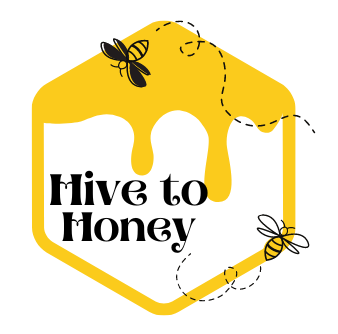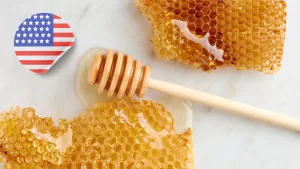Honey bees are one of the most fascinating creatures on our planet. Known for their role in pollination and honey production, these industrious insects are essential to the ecosystem and agricultural economy. In this blog post, we’ll explore the biology of honey bees, their social structure, the importance of their role in nature, and what you can do to support these remarkable pollinators.
Table of Contents
ToggleWhy Are Honey Bees Important?
Before diving into the details, let’s briefly outline the key points that emphasize the importance of honey bees:
- Pollination Powerhouses: Honey bees are responsible for pollinating a significant portion of the crops we consume.
- Economic Value: The agricultural economy benefits immensely from honey bee activities, contributing billions of dollars annually.
- Honey Production: Beyond pollination, honey bees produce honey, which has various culinary and medicinal uses.
- Biodiversity Support: They contribute to the growth of numerous plant species, thus supporting biodiversity.
Understanding Honey Bee Biology
Honey bees (Apis mellifera) are fascinating insects with unique biological characteristics:
- Anatomy of a Honey Bee:
- Head: Houses compound eyes and antennae for navigation and communication.
- Thorax: Contains the wings and legs; wings are used for flying, while legs help in pollen collection.
- Abdomen: Contains vital organs and is where honey is stored.
- Lifespan and Development:
- Queen: Can live up to 5 years and is the colony’s primary egg-laying female.
- Workers: Typically live for about 6 weeks during the active season.
- Drones: Males that exist solely to mate with the queen; they die shortly after mating.
- Communication: Honey bees communicate through pheromones and the famous “waggle dance,” which helps them convey the location of food sources.
The Social Structure of Honey Bee Colonies
Honey bees live in complex social structures that are critical for their survival:
- The Queen: The heart of the colony, the queen’s primary role is reproduction. She can lay thousands of eggs daily, ensuring the colony’s growth.
- Worker Bees: Female bees that perform various tasks throughout their lives, including foraging for food, caring for larvae, cleaning the hive, and defending the colony.
- Drones: Males whose only purpose is to mate with a queen from another hive. They do not participate in foraging or hive maintenance.
The Role of Honey Bees in Pollination
Pollination is the process through which pollen is transferred from the male part of a flower (anther) to the female part (stigma). This process is crucial for the reproduction of flowering plants and is essential for food production.
- Contribution to Agriculture:
- Honey bees are responsible for pollinating about 75% of the fruits, nuts, and vegetables we consume. This includes apples, almonds, blueberries, and cucumbers, among many others.
- Impact on Ecosystems:
- The pollination services provided by honey bees are not only vital for agricultural crops but also for wild plants. This, in turn, supports entire ecosystems and wildlife.
The Honey Production Process
The process of honey production is a remarkable journey of transformation:
- Foraging: Worker bees collect nectar from flowers and store it in their honey stomachs.
- Nectar to Honey: Upon returning to the hive, they transfer the nectar to other worker bees, who then add enzymes and evaporate water from it, turning it into honey.
- Storage: Honey is stored in hexagonally shaped beeswax cells, where it can be used as food for the colony during winter months.
The Decline of Honey Bee Populations
Despite their critical importance, honey bee populations are facing significant threats:
- Pesticides: Chemicals used in agriculture can be harmful to bees, affecting their ability to forage and reproduce.
- Habitat Loss: Urbanization and agricultural expansion reduce the availability of forage and nesting sites for bees.
- Diseases and Parasites: Pests like Varroa mites and diseases can devastate bee colonies.
What You Can Do to Help Honey Bees
As individuals, there are several actions you can take to support honey bee populations:
- Plant Bee-Friendly Flowers: Incorporate a variety of flowering plants in your garden that bloom at different times to provide a continuous food source for bees. Consider plants like lavender, sunflowers, and clover.
- Avoid Pesticides: Reduce or eliminate pesticide use in your gardening practices to protect these vital pollinators.
- Support Local Beekeepers: Purchase honey and beeswax products from local beekeepers to support sustainable practices.
- Educate Others: Share your knowledge about the importance of honey bees and encourage others to take action.
Conclusion
Honey bees are vital to our ecosystem and agricultural success. By understanding their biology, social structure, and the challenges they face, we can appreciate their role in our lives and take steps to protect them. Together, we can ensure that these incredible pollinators continue to thrive for generations to come.



